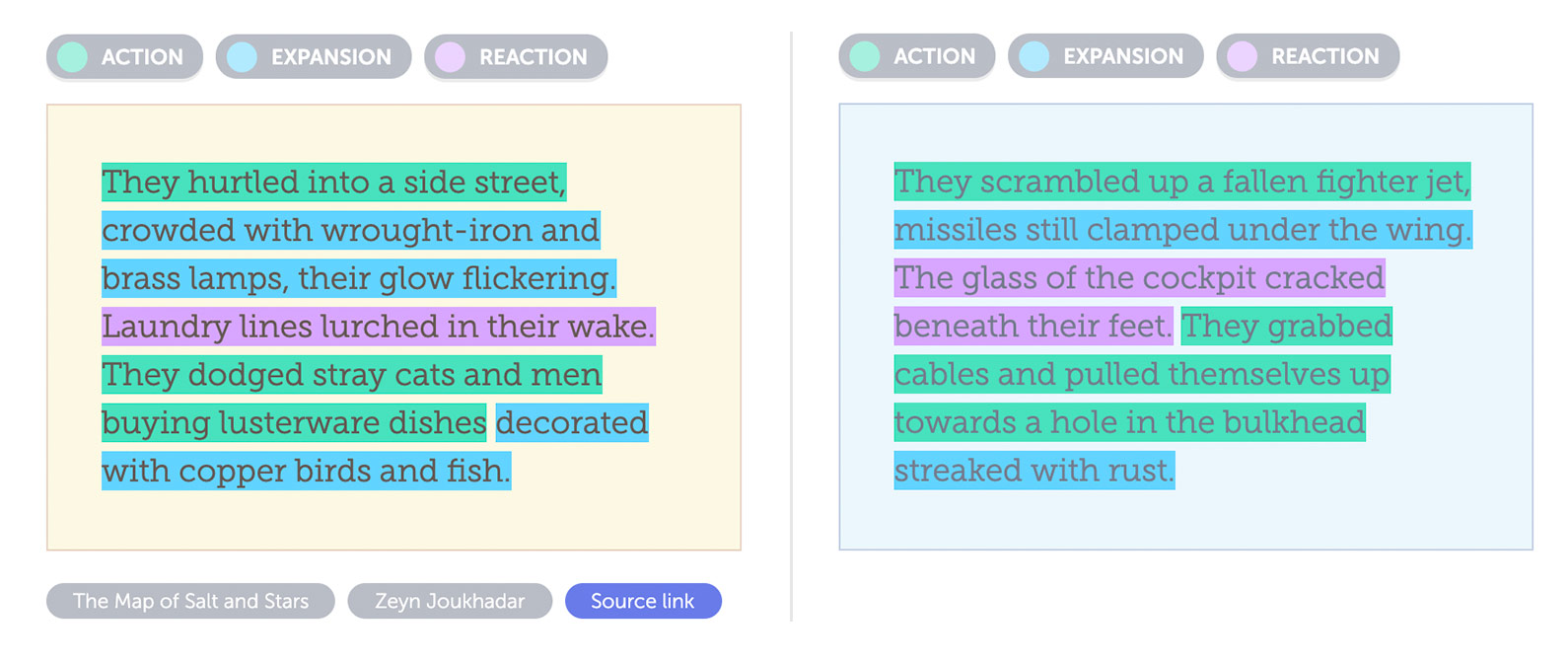
Writing is hard
Learning to write is hard. Teaching students how to write is even harder.
We know what works: lots of reading, extended writing, mentor text modelling, joint construction, explicit teaching of genre conventions, and so on.
The problem is that doing what works requires class time and student attention, both of which are in short supply.
Writelike is a teaching resource designed to help students quickly and reliably learn to deconstruct text, identify useful patterns, and apply those patterns in their own writing.

How does Writelike work?
Writelike takes a craft-oriented, text-modelling approach based on mentor-text methods, genre-based pedagogy, and cognitive load theory.
To teach writing, we:
- Provide snippets of authentic text—accessible but compelling.
- Highlight useful patterns, whether in meaning or structure.
- Provide minimalist instruction—just enough to understand the pattern.
- Provide worked examples to illustrate how a pattern could be re-used.
- Ask students to write variations, applying the pattern to their own content.
- Provide lots of practice, building from small parts to larger wholes.
- Encourage peer feedback & learning with review tools and games.
Why is Writelike effective?
- Reduces overwhelm by having students work in small chunks.
- Builds self-sufficiency through a focus on craft skills & concepts.
- Scaffolds learning through text features and worked examples.
- Builds fluency through extensive practice, so that students are free to think about higher-order goals.
- Makes writing feel real & valuable through the use of authentic texts and peer feedback.
You can read more about the theoretical foundation here.
How do you teach with it?
See our onboarding lessons:
- How to Writelike: Quick intro for students, useful for teachers.
- Teaching with Writelike: Thorough instructions & reference for teachers.

